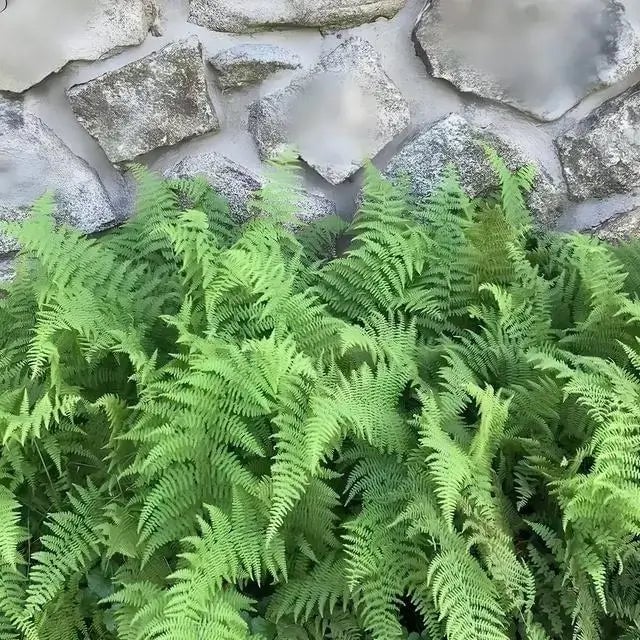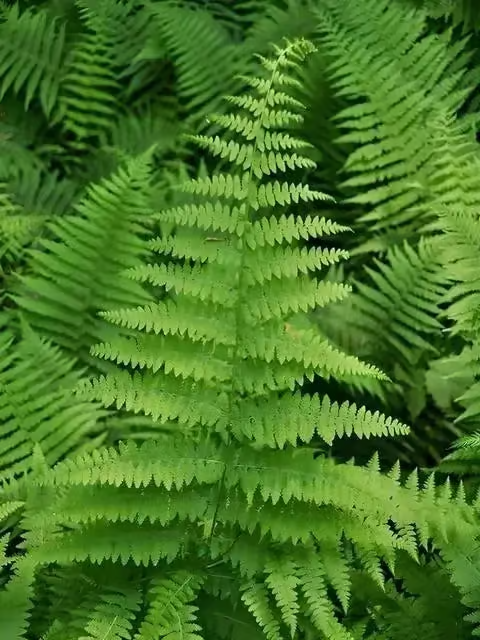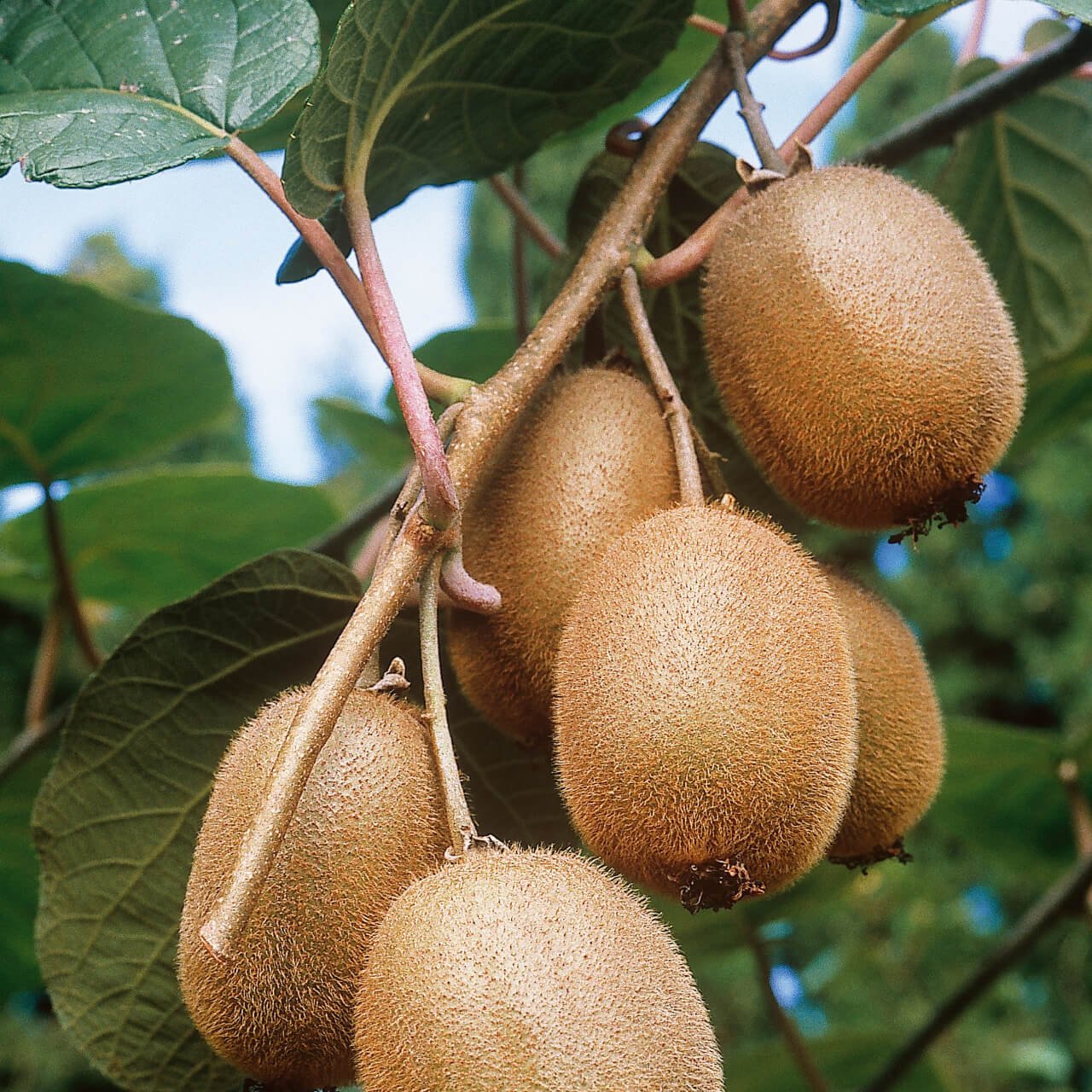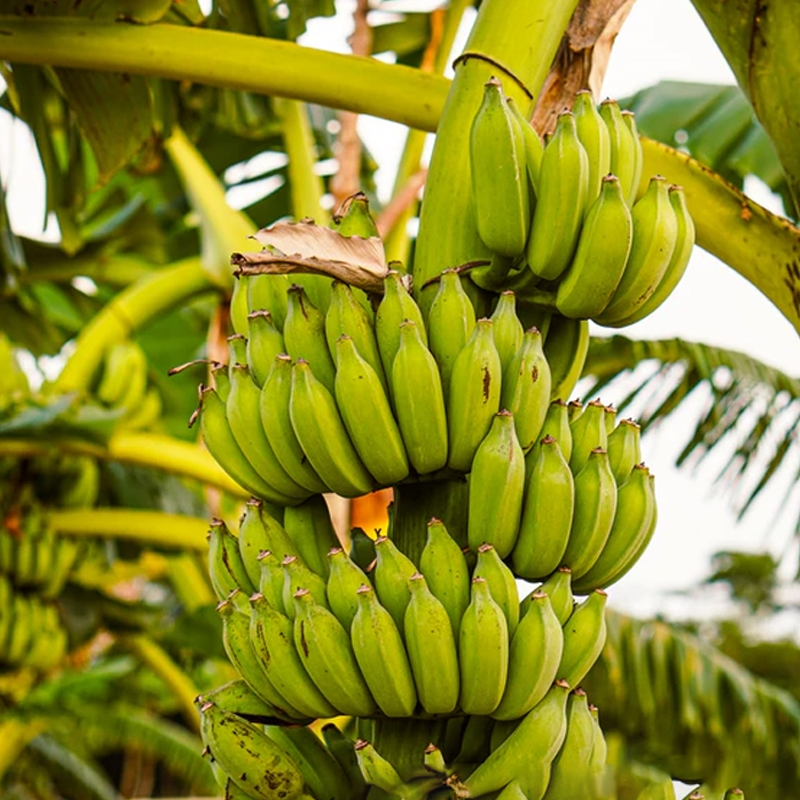



Hay Scented Fern
Deer-resistant and pest-free
Enhances garden biodiversity
Ideal for ground cover
Thrives in
ZONE 3ZONE 4ZONE 5ZONE 6ZONE 7ZONE 8This plant ships:
Ships Week of May 12th1 Year Guarantee on all plants
Hay Scented Fern: Dennstaedtia Punctilobula
Hay-scented ferns have a lovely fragrance, like hay, when the plant is brushed. These plants are native to the midwestern and eastern United States in wooded areas and along banks of rivers. The fronds are lacy in design and stand erect when fully grown, turning more yellow in the autumn.
Aesthetics and Usage Of Hay Scented Fern
The fronds reach approximately 30” in length, and plants spread approximately two to three feet. They can be grown in various soil types, including areas with poor soil and rocks. Established plants can be sown in dryer soil.
Hay Scented Fern Is A Wonderful Native Plant
Ours are mature in age and size and ideal for areas with partial or full shade. They can tolerate full sun. The plants are easy to maintain, requiring only moderate maintenance and watering, and are resistant to rabbits. Individual ones spread quickly to form colonies that fill in surrounding areas, producing a lush appearance to any garden.
The rhizomes may disrupt neighboring plants' development, so these should be planted in isolated areas with plenty of room for growth and spread.
No Flowers, just ornamental beauty
They do not flower. Leaves are fragrant and have a good fall, so some cleanup may be required in areas where the plants are grown. Insects and diseases are not common with them. The plants may decline in performance in warmer climates during the last few weeks of the summer.
Hay-scented ferns are great additions to areas with trees, adding charm to wild-growing gardens and cottage landscaping. They can also be used in wooded areas to fill in areas for a more natural look.
Hardy Planting Zone- 3 to 8
Bloom Season (if any) – Does not bloom Bloom Color
N/A Height at Maturity – 1.5 to 2.0 feet
Soil Type Preferred- Medium moisture loams that are moist, acidic, and rich
Sun or Shade – Partial shade to full sun
This Is How Your Plants Will Look upon Delivery

Height at Maturity
Under 2 Feet
Care
Hay-scented fern flourishes in well-drained, moist soil. It’s resilient to varying soil conditions but prefers a consistently damp environment. Regular watering is essential, particularly in dry spells. Provide good air circulation around the fern to control fungal issues.
Plant Reproduction
Hay Scented Fern spreads through underground rhizomes and spores
Choose early spring or fall when the soil is moist and cool to plant healthy bare-root ferns. You can also use dormant plants to grow year-round. When you arrive, please soak the roots in water for several hours to rehydrate them. Ferns thrive in moist and shaded areas. Dig a hole wide and deep enough to spread out the roots comfortably. Position the fern so the crown (where the roots meet the fronds) is just at or slightly below ground level. Gently backfill with soil firmly around the roots, and thoroughly water to settle the soil and eliminate air pockets. Apply a 2-3 inch layer of mulch for weed control and to retain moisture, ensuring the mulch does not touch the crown. Water during dry periods is used to keep soil moist but not soggy. Avoid fertilizing in the first year, as ferns prefer nutrient-rich soil over direct fertilization.
Shipping date depends on the date displayed and chosen when you order from the product's page.
We only accept returns on plants verified dead. If you think your plants have died, we offer a 1 year warranty, please use this File a Claim Link to verify dead plants and start with return warranty process.






Lovely Fragrance:
Hay Scented Fern emits a delightful hay-like scent when brushed or crushed, adding a pleasant aroma to your garden.
Deer Resistant:
These ferns are naturally deer-resistant, ensuring your garden remains undisturbed by these animals.
Natural Ground Cover:
These ferns spread rapidly, making them an excellent ground cover for shady areas, preventing soil erosion.
Attractive Foliage:
The delicate, feathery fronds create a lush, green carpet that adds texture and beauty to any landscape.
Caring Tips
How do I care for my Hay Scented Fern?
Each box contains detailed care instructions and information about your product. But here's the basics.
Care Tips
Hay-scented fern flourishes in well-drained, moist soil. It’s resilient to varying soil conditions but prefers a consistently damp environment. Regular watering is essential, particularly in dry spells. Provide good air circulation around the fern to control fungal issues.
Light Requirements
Hay Scented Fern (Dennstaedtia punctilobula) thrives in partial to full shade. It prefers a relaxed, moist environment with filtered light or dappled shade, making it ideal for woodland gardens or shaded areas with adequate moisture.
Hardy Planting Zones
3 • 4 • 5 • 6 • 7 • 8
Header
Use this content to share information about your store and products.
Frequently Asked Questions
How often should I water my plants?
How do I know if my plant is getting too much or too little sunlight?
What should I do to prepare my plants for winter?
What are the signs that my plant needs fertilizing?
How can I prevent pests from damaging my plants?
How do I choose the right plant for my climate zone?






